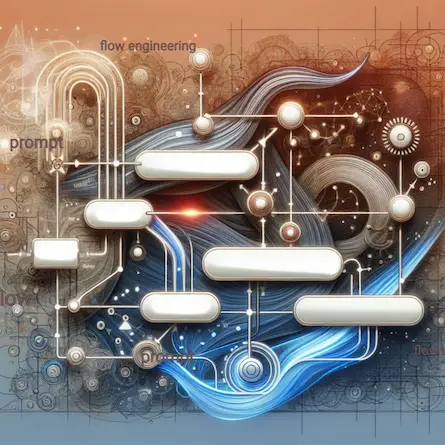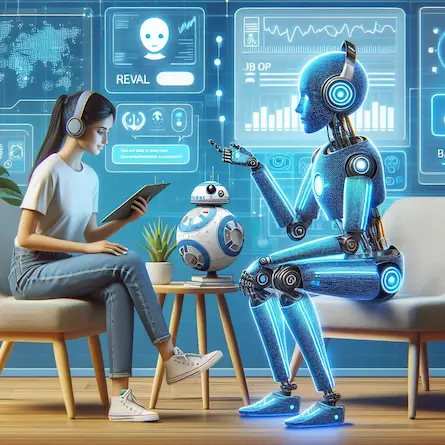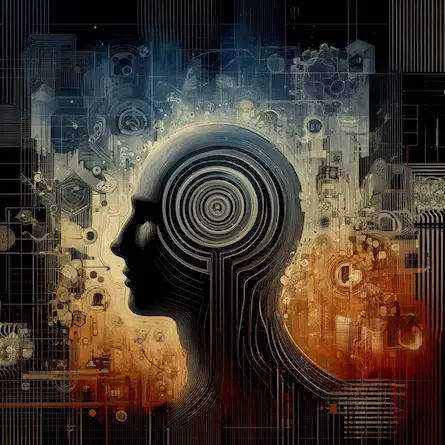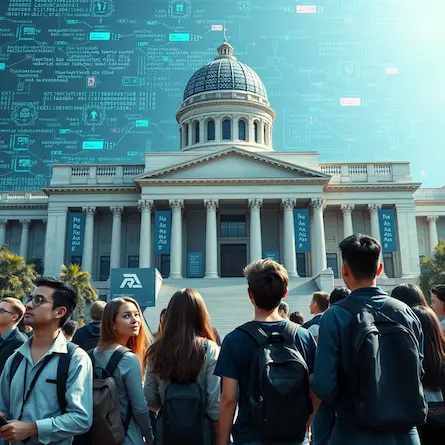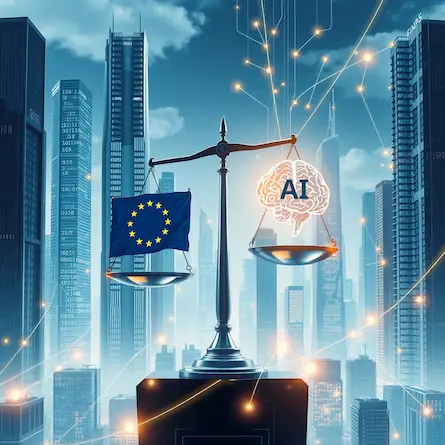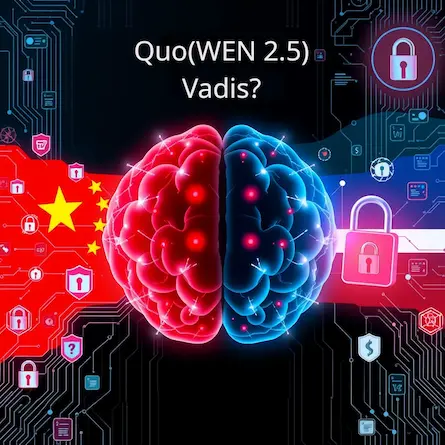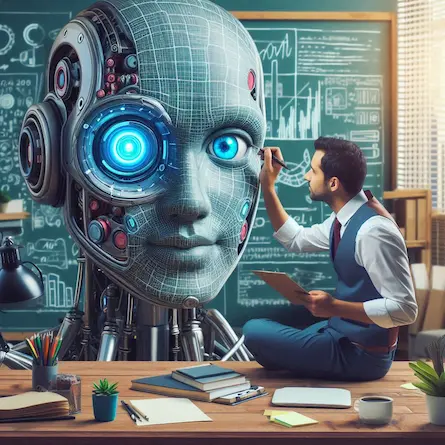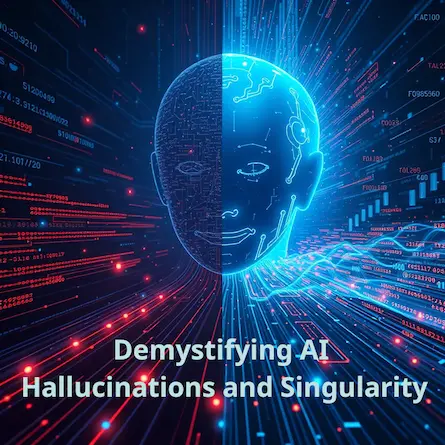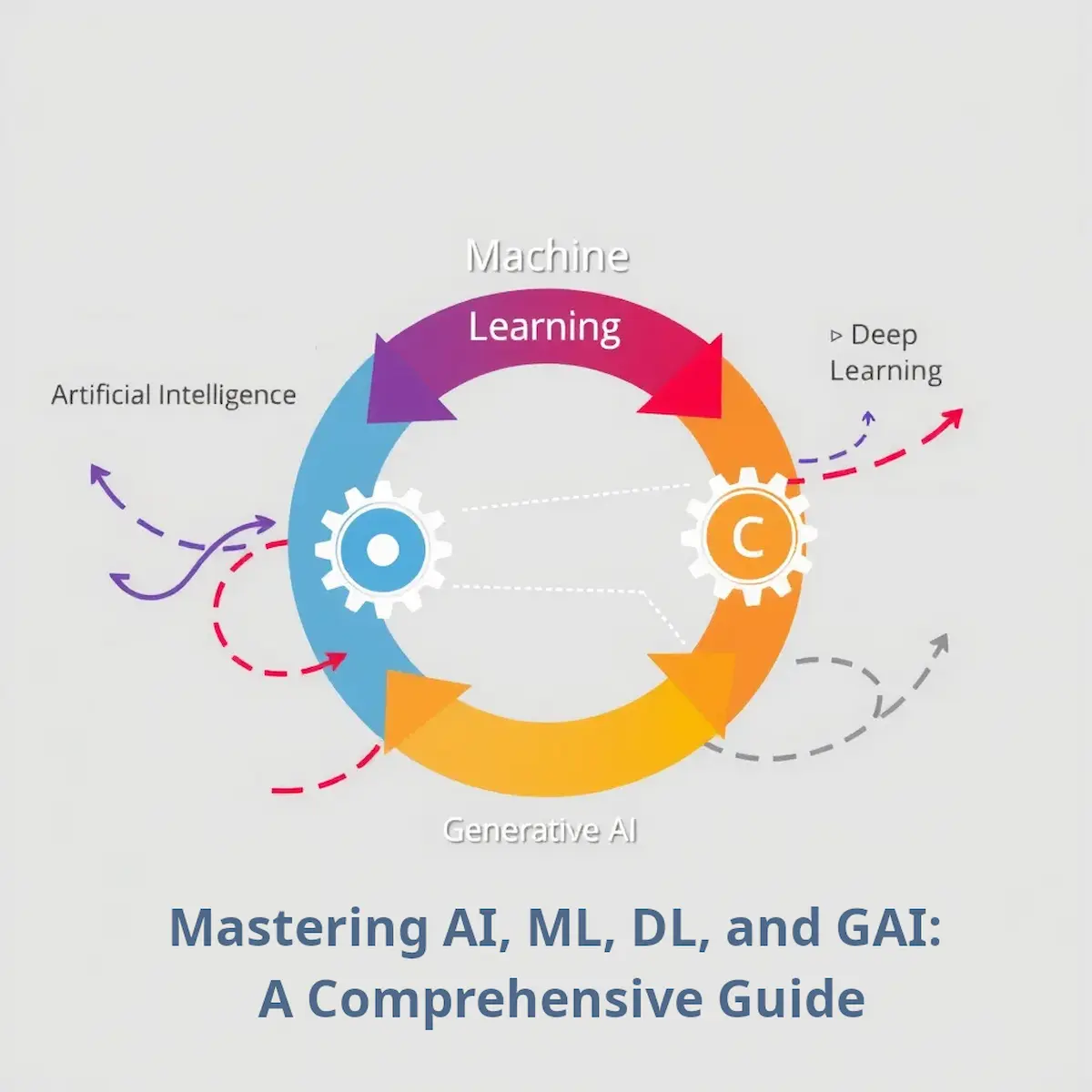
Exploring the Dynamic Interplay Between AI, Machine Learning, Deep Learning, and Generative AI
Introduction**
The rapid evolution of artificial intelligence (AI) is reshaping our world in unprecedented ways. From healthcare diagnostics to creative content generation, AI technologies are driving innovation across industries. To navigate this complex landscape, it’s crucial to understand the interconnected nature of key AI subfields: Artificial Intelligence (AI), Machine Learning (ML), Deep Learning (DL), and Generative AI (GAI).
This article will guide you through:
- The fundamental concepts of AI, ML, DL, and GAI
- The dynamic interactions between these fields
- A visual representation of their complex relationships
- Future implications and ethical considerations
By the end, you’ll have a comprehensive understanding of how these technologies work together to push the boundaries of what’s possible in AI.
Section 1: Breaking Down the Basics
Artificial Intelligence (AI)
Artificial Intelligence refers to the ability of machines to perform tasks that typically require human intelligence. This includes problem-solving, learning, and adapting to new situations.
History: AI’s origins date back to the 1950s when Alan Turing proposed the Turing Test, setting a benchmark for intelligent behavior in machines.
Evolution: From rule-based expert systems to advanced algorithms capable of handling complex, unstructured data, AI has grown exponentially.
Real-world application: AI-powered systems like Google’s AlphaGo demonstrated the capability of AI to outperform human champions in games that require strategy and long-term planning, revolutionizing AI’s role in complex problem-solving.
**“AI is not just another technology trend. It represents a fundamental shift in how we interact with and leverage data to solve problems.” - Andrew Ng, Co-founder of Google Brain
Machine Learning (ML)
Machine Learning is a subset of AI that involves training models on data so they can learn and make predictions without being explicitly programmed. ML encompasses various techniques:
-
Supervised Learning: Models are trained on labeled data where outcomes are predefined.
- Example: Predicting customer churn by analyzing historical subscription data in telecommunication services.
-
Unsupervised Learning: Models uncover hidden patterns in unlabeled data.
- Example: Segmenting customers based on buying behavior to optimize marketing strategies.
-
Reinforcement Learning: Models learn through trial and error, optimizing actions to maximize rewards.
- Example: Training robots in automated warehouses to optimize picking routes, improving efficiency over time.
Deep Learning (DL)
Deep Learning is a subset of ML that uses neural networks with multiple layers. These architectures allow DL to process massive datasets, leading to breakthroughs in areas such as image and speech recognition.
- Neural Networks: Inspired by the human brain, these interconnected layers of neurons can recognize patterns and learn representations.
- Example: Self-driving cars rely on Convolutional Neural Networks (CNNs) for real-time object detection, allowing them to navigate safely.
Generative AI (GAI)
Generative AI focuses on creating new data rather than merely analyzing existing data. GAI models can generate text, images, and even music. Popular generative models include:
-
Generative Adversarial Networks (GANs): A type of DL model where two neural networks (a generator and a discriminator) compete to create realistic data.
- Example: GANs are used in the film industry to create hyper-realistic visual effects and avatars.
-
Transformers: Models like GPT (Generative Pre-trained Transformer) excel at generating coherent text from a given context.
- Example: GPT models are employed to generate code snippets, write articles, and even assist in customer service chatbots.
Section 2: The Dynamic Interactions Between AI, ML, DL, and GAI
While the traditional hierarchy of these fields helps clarify their roles, real-world interactions are far more dynamic and fluid. Here’s how these fields influence and enhance each other:
Generative AI Optimized by Machine Learning
GAI models often rely on ML techniques for optimization. For instance, model fine-tuning uses ML algorithms to adjust parameters and boost performance after initial training.
- Example: In NLP (Natural Language Processing), pre-trained GPT models are fine-tuned for specific applications like summarization or translation, making them more efficient and domain-specific.
Deep Learning as the Backbone of GAI
DL architectures form the foundation of many generative models. GANs and transformers rely on deep neural networks to create more sophisticated and nuanced outputs.
- Example: DALL·E, a transformer-based model, uses DL to generate creative images from textual descriptions, pushing the boundaries of art and design.
Feedback Loops and Continuous Optimization
Feedback loops play a crucial role in improving GAI systems. ML and DL models benefit from real-time user input, continuously learning and adapting to provide better results.
- Example: AI-powered virtual assistants like Google Assistant or Amazon Alexa improve their understanding and responses through user interactions, enabling more accurate and personalized experiences over time.
Hybrid AI Systems and Cross-Field Innovation
Cross-field innovation occurs when multiple AI techniques are integrated into a single system. For instance, ML models might perform initial data classification, followed by DL-powered generative systems to create detailed outputs.
- Example: In medical diagnostics, an ML system could analyze patient data to detect anomalies, while a DL-based generative model produces detailed reports and recommendations for treatment plans.
Section 3: Illustrating the Complexity
The attached diagram visually illustrates the dynamic interplay between AI, ML, DL, and GAI. Each arrow represents feedback loops, where systems learn and evolve through data and external inputs. The data streams indicate how optimization flows between these technologies, enabling continuous improvements in performance and creativity.
- Bidirectional Arrows: Indicate how AI and ML influence each other, reflecting a continuous cycle of learning, fine-tuning, and feedback.
- Interconnected Systems: Represent the synergy between DL and GAI, where DL architectures enable the creativity and generative potential of GAI systems.
This diagram reflects the complexity of the AI landscape, where innovation arises from the interconnectedness of different technologies rather than isolated development.
Section 4: Looking Ahead – Future Implications of Dynamic AI
The synergy between AI, ML, DL, and GAI will likely drive the next wave of technological breakthroughs. Here are some trends and challenges to watch for:
Emerging Trends
-
Predictive Healthcare: Combining ML with DL to improve diagnostic accuracy and predict patient outcomes with greater precision.
-
Autonomous Systems: Integrating GAI into self-driving cars to enable more complex decision-making, such as predicting pedestrian behavior or navigating urban environments.
Challenges in Integration
-
Data Privacy: As AI systems become more integrated and data-hungry, ensuring user privacy and ethical data use will be a major challenge.
-
Model Transparency: Increasing complexity can lead to black-box systems, where the decision-making process becomes opaque. Ensuring transparency and accountability in AI models will be critical for trust and widespread adoption.
Conclusion
The interplay between AI, ML, DL, and GAI reveals a dynamic, ever-evolving world of technology. Understanding how these fields interact is crucial to harness their full potential for innovation, problem-solving, and social impact.
We encourage you to explore further by reading more about AI advancements or getting involved in AI development. The future of AI is collaborative, and cross-field integration holds the key to unlocking the next generation of breakthroughs.
Find More:
Want to dive deeper? Explore our recommended readings on AI ethics, data privacy, and the future of autonomous systems. Join the conversation on how AI can continue to shape our world responsibly and effectively.
